Have you been considering getting a full-face helmet for your cruiser but are unsure if it’s possible? Then look no further! This blog post has everything you need to know about wearing a full-face helmet on a cruiser. From the different types of helmets available to the safety considerations you should take into account before making your decision, this article will provide all the information you need on choosing the right helmet for your cruiser.
Table of Contents
What motorcycle helmets are called cruiser helmets?
Cruiser helmets are motorcycle helmets that are designed to provide maximum comfort and protection while riding a cruiser-style bike. They often feature larger visors, more coverage around the head, and sometimes full-face coverage. Cruiser helmets are normally constructed with materials such as ABS plastic or fiberglass combined with foam padding to protect riders from impacts and other potential injuries.
Many also have air vents built in to keep riders cool during long rides on hot days. In addition to providing better protection, cruiser helmets can also add a sense of style and personality to the rider’s overall look. With so many different styles available, it is easy to find a helmet that fits your tastes and needs. So, if you’re looking for an added layer of safety and style for your next ride, consider a cruiser helmet [1].

What are the most important safety features to look for in a motorcycle helmet?
When shopping for a motorcycle helmet, it is essential to make sure that you select one that meets or exceeds all applicable safety standards. Look for helmets with materials such as ABS plastic or fiberglass combined with foam padding to provide maximum protection against impacts and other potential injuries.
By taking the time to choose the right motorcycle helmet, riders can enjoy all of their outdoor adventures safely. With a few simple steps, they can make sure that they have the best gear for their needs and keep themselves protected while out on the road.
Wearing protective gear such as helmets, jackets, pants, gloves, and boots is also important for riders to consider when gearing up for a ride. These items offer additional layers of protection against potential injuries due to collisions or fall from the bike. It is also important to check your gear regularly for any signs of wear and tear so it performs optimally when needed [2].
What to look for when choosing a cruiser motorcycle helmet?
Determine what type of helmet you need
When choosing a cruiser motorcycle helmet, the first thing you should do is determine the type of helmet that best fits your needs. Full-face helmets provide maximum protection and are suitable for all types of riding, including off-road or racing. Half helmets provide less coverage but allow more airflow, which can be beneficial in warmer climates. Three-quarter helmets offer a compromise between full-face and half helmets, providing good overall coverage with some additional ventilation.
Safety ratings
When shopping for a cruiser motorcycle helmet, look for one with an official safety rating from either the Department of Transportation (DOT), Snell Memorial Foundation (Snell), or the Economic Commission for Europe (ECE). These organizations test helmets to make sure they meet certain safety standards and guidelines. If a helmet has been certified by any of these organizations, it will have a sticker or label indicating so on the outside.
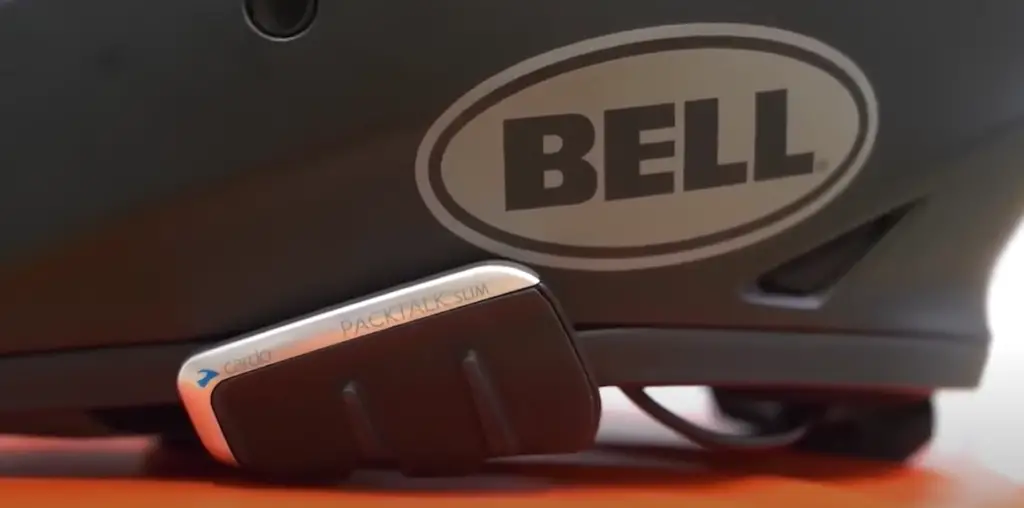
Materials and construction
Cruiser helmets are usually made from either polycarbonate or fiberglass materials. Polycarbonate is lightweight and durable, but it can be more prone to cracking in extreme temperatures. Fiberglass is heavier and provides better impact resistance but can be more expensive. The helmet’s construction should also be considered when choosing one; look for helmets with multiple layers of padding and an adjustable chin strap for optimal comfort and secure fitment.
Style
Consider the style of your cruiser motorcycle helmet when making your choice. Open-face helmets offer maximum visibility while half helmets provide the most style options. Three-quarter or full-face helmets may offer additional features such as integrated sun visors, wind protection, and communication capabilities.
Determine the correct motorcycle helmet size
It is very important to choose a helmet that fits properly and securely. Measure your head around the largest part of your forehead using a flexible measuring tape, then use this measurement to determine the closest size range for your helmet. Take into account any additional padding or liners that may be included with the helmet as well. Finally, try on several different helmets before you choose one; they should fit snugly without being too tight or uncomfortable.
Replaceable inner lining is required
Make sure that the helmet you choose has a replaceable inner lining. This will help keep your head cool and comfortable for extended periods of riding time. The liner should also be easy to remove and clean to keep it fresh and free from bacteria build-up.
Price
Finally, consider your budget when choosing a cruiser motorcycle helmet. Helmets can range from very affordable to quite expensive, depending on the materials used and the design features included. In general, you get what you pay for when it comes to motorcycle helmets; more expensive helmets are typically higher quality and more protective than cheaper models [3].
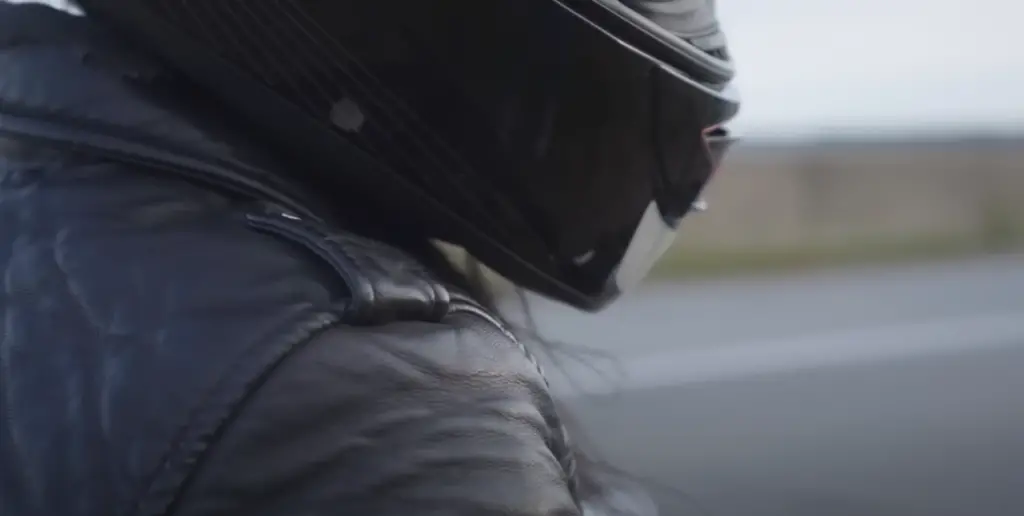
Full Face VS. Open Face Helmets
When choosing a motorcycle helmet, there are two main options: full face and open face. Both offer excellent protection for your head in the event of an accident, but each has its advantages and disadvantages.
Full-face helmets provide superior protection because they completely cover your head from all sides with a solid outer shell and inner padding. This gives you more protection from wind, noise, dirt, bugs, flying debris, and any other object that could potentially cause harm to your head in the event of an impact or crash. They also have visors or shields that will help protect your eyes from the sun’s glare as well as the wind when riding at high speeds. The only downside is that full-face helmets can be hot and stuffy in warmer weather and more difficult to take off in the event of an emergency.
Open-face helmets offer a bit less protection than full-face helmets because they do not cover your face or chin. However, they are much more comfortable and provide more airflow for cooling on hot days. Additionally, because of their design, open-face helmets are much easier to remove if you get into an accident or have an emergency that requires you to quickly exit the vehicle. One thing to keep in mind is that these helmets won’t protect your eyes from the sun’s glare or the wind when riding at high speeds, so it’s important to wear protective eyewear when using one of these models.
How to Choose the Best Motorcycle Helmets?
When shopping for a motorcycle helmet, make sure to consider the following key factors:
- Fit: When it comes to selecting the right helmet for you, fit is one of the most important factors. Make sure that your helmet fits comfortably and securely on your head to protect your head from impact forces in case of an accident.
- Safety Ratings: Look for helmets with safety ratings such as DOT (Department of Transportation) or Snell certification. These standards help ensure that motorcycle helmets are made with materials and construction techniques that provide adequate protection in the event of a crash.
- Visibility: Make sure your helmet has enough room around the eyes so you can see clearly when riding. This is also important because a helmet that limits your vision can be dangerous.
- Ventilation: Make sure the helmet you buy has adequate ventilation to keep your head cool and comfortable while riding for long periods.
- Weight: Look for lighter helmets as heavier helmets are often more uncomfortable, especially on longer rides.
- Style: Last but not least, look for a style that best suits your personality and makes you feel confident when out on the road.
By considering the above factors when shopping for a motorcycle helmet, you’ll be sure to find one that fits properly and keeps you safe while out on the road!
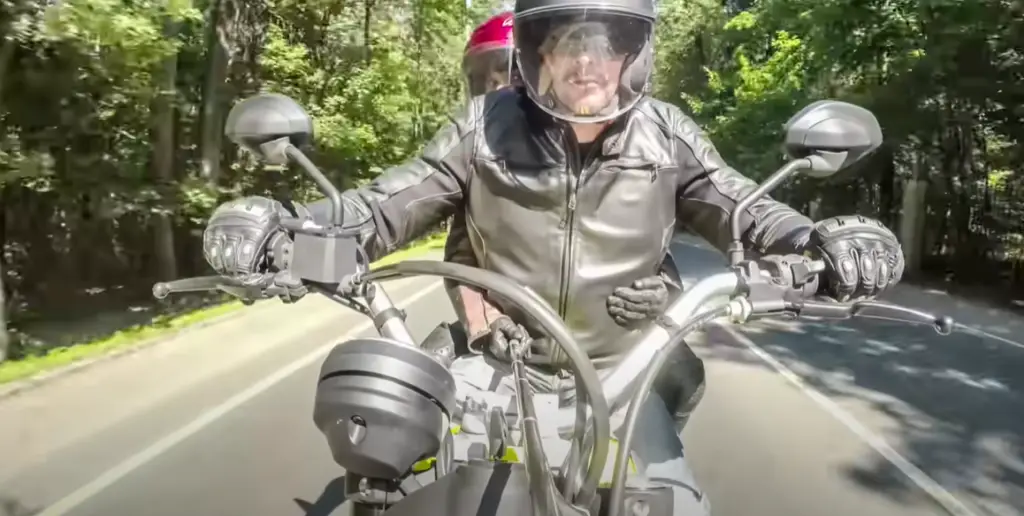
The Anatomy of the Safest Motorcycle Helmet
When it comes to motorcycle safety, one of the most important pieces of equipment is undoubtedly a helmet. A good quality helmet can go a long way in protecting you from serious injuries and even fatalities in the event of an accident. But what exactly makes a helmet safe? Here we’ll explore the anatomy of the safest motorcycle helmets so you can make an informed decision when shopping for your next lid.
The first component that goes into making up a safety helmet is its shell. Motorcycle helmet shells are usually constructed out of polycarbonate material or fiberglass, although some models may also use Kevlar or other composite materials as well. These materials are designed to be lightweight yet strong enough to absorb impact and protect your head from serious injury.
Finally, most motorcycle helmets also have vents that help keep your head cool and comfortable while riding. Vents are usually located on either side or at the top and bottom of a helmet, allowing air to pass through them and keep your head cool even during long rides. Additionally, these vents can also provide additional protection from the wind, dust, and debris that can be encountered while riding.
Overall, these three components — the shell, liner, and vents — come together to form the safest motorcycle helmet possible. When shopping for your next lid, make sure you take all of these features into consideration to ensure you’re getting maximum safety and protection on every ride.
FAQ
What kind of helmet do you wear on a cruiser?
The type of helmet you should wear when riding a cruiser depends on the kind of riding you are doing. For street or highway cruising, it is recommended to wear a full-face helmet with a visor for extra protection and comfort. If you’re planning to do some off-road riding, then an open-face helmet might be more suitable as it will allow better visibility and airflow. Always make sure your helmet fits properly and meets all safety standards. Whatever type of helmet you choose, always make sure to wear it every time you ride!
Can you ride a Harley with a full-face helmet?
Yes, you can ride a Harley with a full-face helmet. However, depending on the model of your bike and the type of riding you are doing, an open-face helmet may be more comfortable and have better visibility. Always make sure your helmet meets all safety standards and fits properly before taking it out for a ride.
Are there any special requirements for wearing a motorcycle helmet?
Yes, in many countries there is legislation that requires motorcyclists to wear helmets that meet certain safety standards when they are operating a motorcycle. In some cases, only helmets that have been approved by an accredited agency will be allowed on the roads. Make sure to check with your local laws to determine what kind of helmet is required before you get on the road.
What are some tips for choosing a motorcycle helmet?
When choosing a motorcycle helmet, there are several factors to consider. Firstly, make sure that your helmet meets all safety standards and fits properly. Secondly, ensure that you select one with adequate ventilation to keep your head cool while riding. Finally, opt for a lightweight helmet that won’t cause fatigue after long rides. Ultimately, it is important to find a helmet that provides both comfort and protection when out on the open roads!
Is a full-face helmet good for cycling?
Yes, a full-face helmet is generally the most suitable type of cycling helmet. It offers the most protection and coverage for your head, including your face and jaw. A full-face helmet also helps keep dust and bugs away from your eyes and face while you’re riding. Always make sure to check that your helmet meets all safety standards before taking it out for a ride!
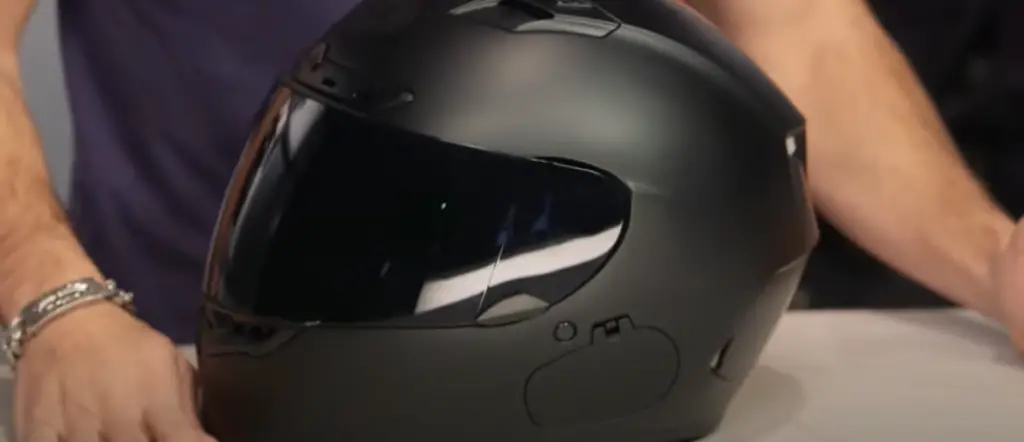
Do I need to wear a motorcycle helmet?
In many countries, there are laws requiring motorcyclists to wear helmets when operating a motorcycle. Make sure to check with your local laws to determine whether or not you are required to wear a helmet while riding. Even if it’s not legally mandated in your area, wearing a helmet can help protect your head in the event of an accident. Ultimately, it is always best practice to wear a helmet when riding a motorcycle.
Are full-face helmets allowed?
In most countries, full-face helmets are allowed and in some jurisdictions, they may even be required. However, it is important to check with your local laws before operating a motorcycle as requirements vary from region to region. Additionally, always make sure that your helmet meets all safety standards and fits properly before taking it out for a ride.
What should I look for when selecting a helmet?
When selecting a helmet, there are several factors you should consider. Firstly, make sure the helmet meets all safety standards and fits correctly. Secondly, The type of riding you do will determine the type of helmet that is best suited for you (e.g., open or closed face). Thirdly, ensure that the helmet has adequate ventilation to keep your head cool and comfortable while riding. Ultimately, it is important to choose a helmet that provides both comfort and protection when out on the open roads!
Are full-face helmets the safest?
Generally, full-face helmets are the safest type of helmet because they provide more coverage and protection than other types, including protecting your face and jaw. However, it is important to select a helmet that meets all safety standards and fits properly to ensure optimal protection. Additionally, make sure to choose one with adequate ventilation to keep your head cool while riding. Ultimately, it is important to find a helmet that provides both comfort and protection!
What do cruiser riders wear?
Cruiser riders typically wear a half helmet or three-quarter open-face helmet. These helmets provide some coverage and protection while still allowing the rider to have an open view of their surroundings. Additionally, many cruiser riders also wear a bandanna or other headwear for extra style and comfort. Ultimately, it is important to find a helmet that meets all safety standards and fits properly before taking it out on the road.
Do I need glasses with my helmet?
If you normally wear corrective glasses, then you should always wear them when riding a motorcycle. However, if you do not require corrective eyewear then it is not necessary to wear glasses with your helmet as long as you can see clearly without them. It is recommended that all riders wear glasses with UV protection to protect their eyes from the sun’s harmful rays. Ultimately, having a helmet that provides both comfort and protection is essential for all motorcyclists!
Do you need a helmet for the cruiser board?
Cruiser boards are typically not considered a motor vehicle and therefore they do not legally require you to wear a helmet. However, it is still important to protect your head in the event of an accident, and wearing a helmet can help provide that extra layer of protection. Additionally, many cruiser board riders choose to wear other protective gear such as knee pads and elbow pads for extra safety. Ultimately, it is best practice to always wear a helmet when riding any type of motor vehicle or non-motorized product like a cruiser board!
Useful Video: Top 7 BEST Cruiser Rider Gear that WORKS (Skip the Half Lid!)
Conclusion
Wearing a full-face helmet on a cruiser motorcycle is a great way to ensure your safety and visibility on the road. Many factors should be taken into consideration when choosing the right helmet for your cruiser, such as fit, weight, ventilation, and style. Ultimately, selecting a full-face helmet will give you an added layer of protection while out on the open road. With a little research and thoughtfulness, you can find the perfect full-face cruiser helmet to meet your needs.
References:
- https://helmetsinsider.com/motorcycles/our-ratings/cruiser-riders-helmets/
- https://witi.com/articles/847/Safety,-Head-First:-What-To-Look-For-In-A-Motorcycle-Helmet/
- https://www.motorcyclecruiser.com/how-to-buy-cruiser-motorcycle-helmets/

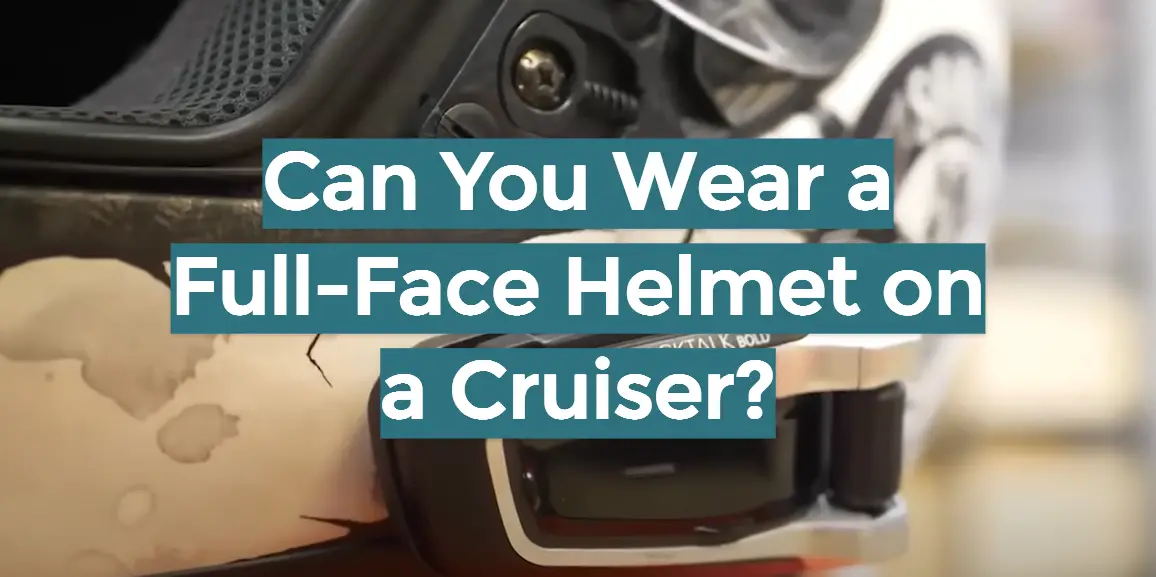

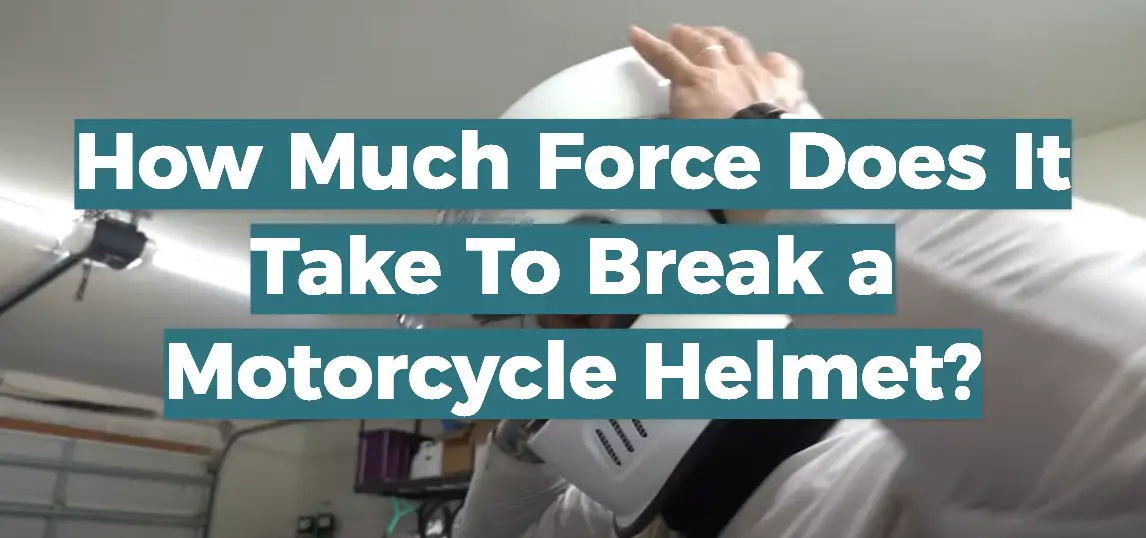
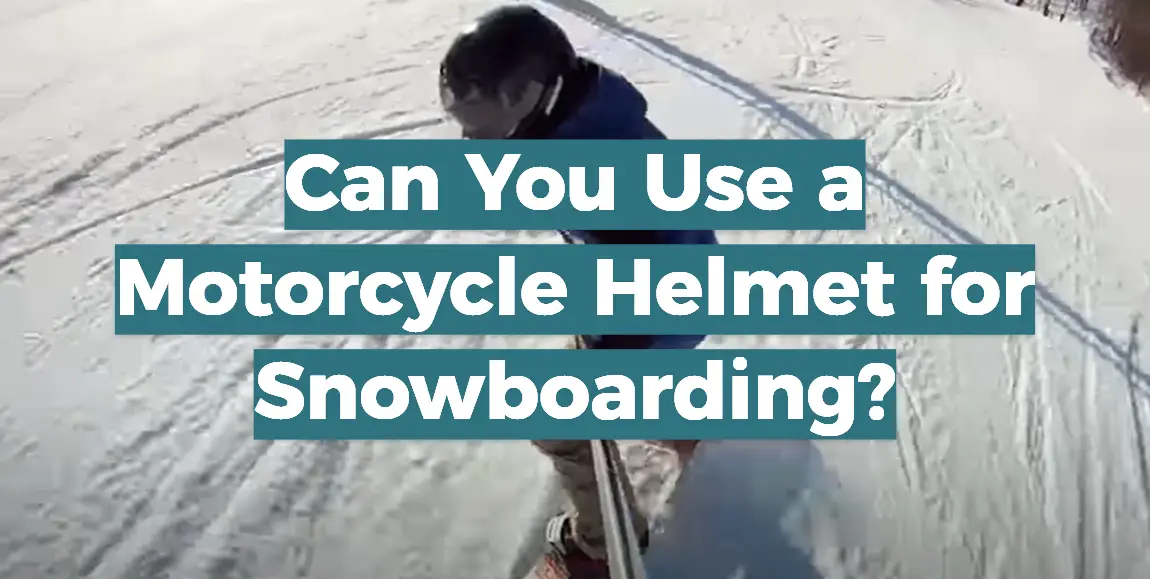
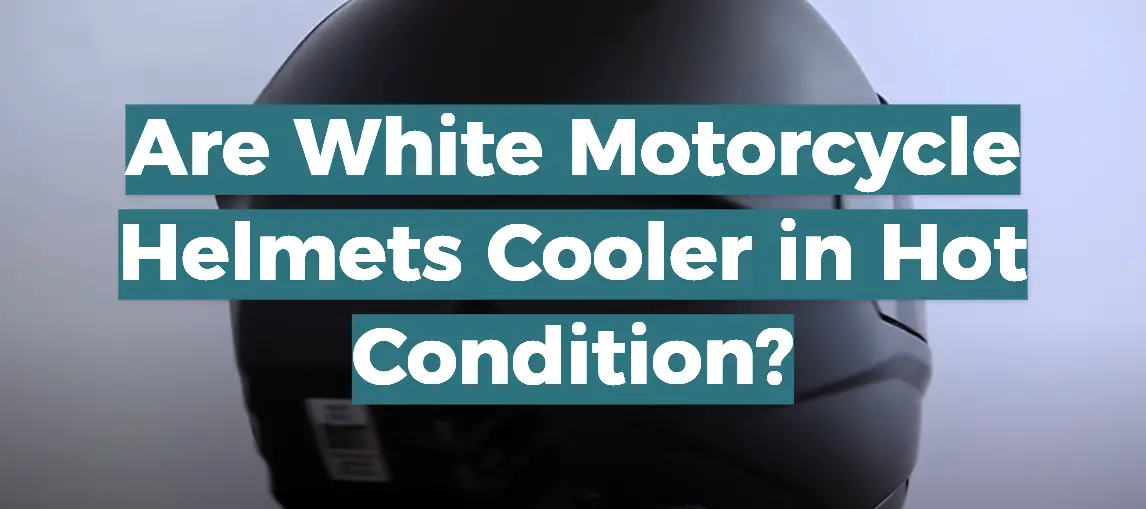
Leave a Reply